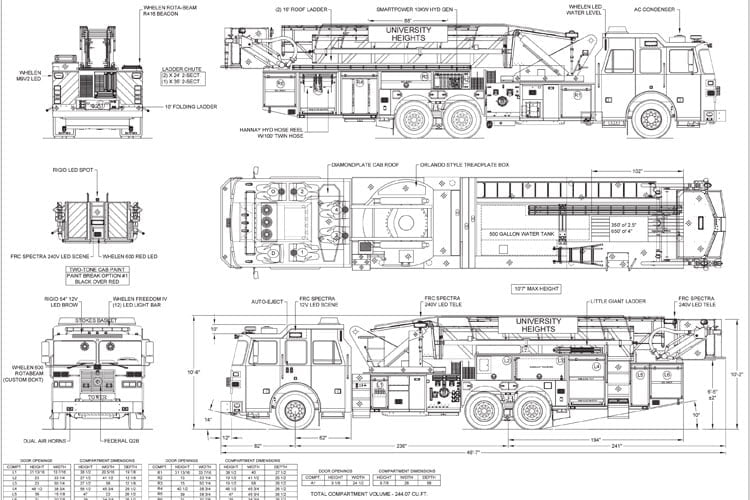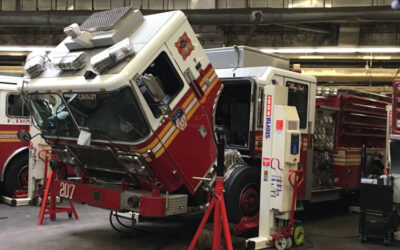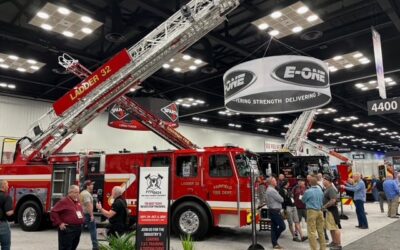By Bill Adams
Two statements made in a previous posting about purchasing specifications and the Bidder Complies (YES/NO) format warrant further analysis. “Purchasing specifications will never favor a preferred vendor” was the first. It is demonstrably false. “A purchasing specification only establishes a minimal level of design and construction features” was the other, and it also is equally incorrect. Believing both comments are truthful can only occur in a fantasy world—a utopia, an imaginary place or state of mind in which everything is perfect. Competitive bidding can be far from paradise.
Related Content
- Abusing and Misusing the Bidder Complies Format
- Purchasing Specifications or Textbook, Part 1
- Purchasing Specifications or Textbook, Part 2
- Bill Adams Archive
Some specification requirements can explicitly favor a preferred vendor as well as eliminate non-preferred vendors. It is immaterial if it is inadvertently or intentionally done. Regardless of who writes or helps write the purchasing specifications, the fire department owns them and has to defend them. Separate from the technical nuts and bolts portion of the specifications, many such restrictive and proprietary phrases are located under the “General Requirements” or the “Instructions to Bidders” headings. They are addressed (questioned) herein from the perspective of a nonpreferred vendor, a nonbiased member of the authority having jurisdiction (AHJ), or by a concerned and outspoken citizen (a do-gooder).
The specification requirement stated: “A list of key staff personnel who will work on this project including a photo and number of years of work experience in their particular field shall be provided with proposal. This list will include but not be limited to key Sales, Contract Administration, Purchasing, Engineering, Fabrication, Electrical Systems including IT, Finish, and Warranty/Service support personnel.”
- How will the photos be evaluated by the purchasing committee?
- Do colored photos have more pull than black and white’s?
- If the purchasing agent is shabbily dressed, is that grounds for rejecting the bid?
- Is the bid awarded based on the total years of experience of the photographed staff?
- Do all manufacturers regularly post photos of all their employees?
- Why is this in the purchasing specifications?
The specification requirement stated: “To demonstrate the quality of the product and service, each bidder shall provide a list of at least twenty five (25) fire departments/municipalities in the region that have bought a second time from the representing dealer. An exception to this requirement shall not be acceptable.”
- Who determines what “the region” is? Is it the state or the county?
- If a vendor has 15 departments that purchased a second time, five that purchased three rigs each and one that purchased 10 rigs, will that vendor be disqualified for not having a total of 25 repeat customers?
- How many vendors, besides the preferred one, can actually meet this requirement?
- Is this overly restrictive to vendors that do not have 25 repeat customers in the region?
The specification requirement stated: “The manufacturer shall have an authorized service center. The service center shall offer 24 hour a day, 7 days a week, 365 days a year emergency service. The service center shall employ factory trained, EVT/ASE certified technicians. The service center shall have no less than six (6) fully equipped mobile service units, six (6) service bays, a 90,000 lb. truck lift, both indoor and mobile pump test facilities, metal fabrication equipment, locking fenced lot and a fully stocked and staffed parts department. The service provider must be an integral part of the dealer operations and not a third party provider hired or sub-contracted by the dealership.”
- Who is supposed to “own” the service center—the manufacturer as stated in the first sentence? Or is it the dealer as inferred in the last sentence?
- Why is it necessary to have a minimum of six (6) mobile service units and six (6) service bays. Is four (4) acceptable? How many “local” fire apparatus dealers have at least that number?
- Requiring and describing “adequate” service capabilities is commendable, however, it could be done in a way not to be specific to only one dealer.
The specification requirement stated: “The service center must be within forty (40) miles of the Fire Department.”
- How many service centers meeting the service requirements in the preceding example are within 40 miles of your fire station?
- Why was the 40-mile requirement chosen? What’s wrong with 50 or 75 miles?
- Is the preferred dealer the only one that can meet this requirement?
The specification requirement stated: “The manufacturer shall employ a staff of adequate size (a minimum of 30 personnel) specifically dedicated to providing customer support and parts for the fielded fleet of vehicles it has produced. The manufacturer must be capable of providing both in-house and on-site service for the apparatus. The manufacturer shall offer regional factory hands-on repair and maintenance training classes. The manufacturer shall employ a minimum of four certified EVT technicians on staff, not only providing technical expertise in the repair of fire apparatus, but also demonstrating the commitment to service after the sale.”
How was the minimum 30-member support staff number determined? Is 25 not enough?
- Is four certified EVT techs out of 30 customer support members a good ratio? If the manufacturer is located a thousand miles away, those four EVT techs may be spread thin.
- There might be a mistake here. As written, the requirement for customer and parts support is not applicable to a local dealer that may provide service. It specifically states the “manufacturer” shall employ them. Which is it?
As mentioned, mandating service requirements is admirable. However, purchasers should realize there can be and probably should be a difference in providing “service” applicable to warranty issues and providing general “everyday” service and general maintenance capabilities. Some purchasers may be very content to have nonwarranty service requirements provided by third-party service providers who may opt not to sell fire trucks.
BILL ADAMS is a member of the Fire Apparatus & Emergency Equipment Editorial Advisory Board, a former fire apparatus salesman, and a past chief of the East Rochester (NY) Fire Department. He has 50 years of experience in the volunteer fire service.






